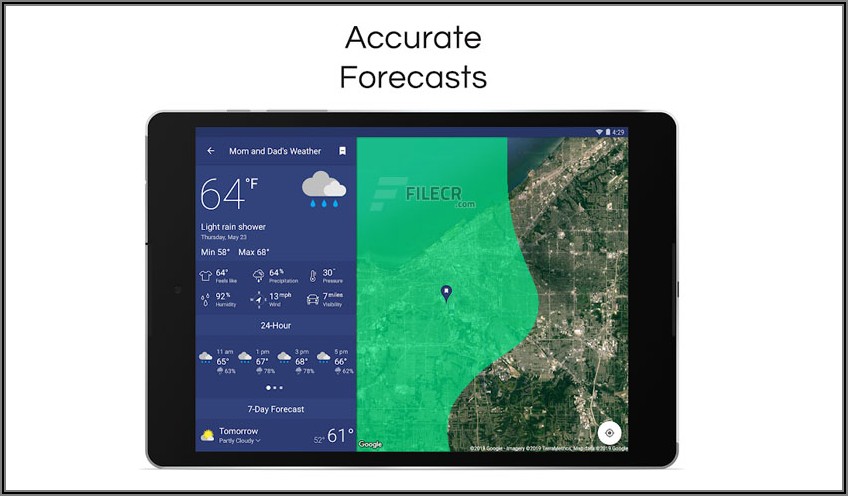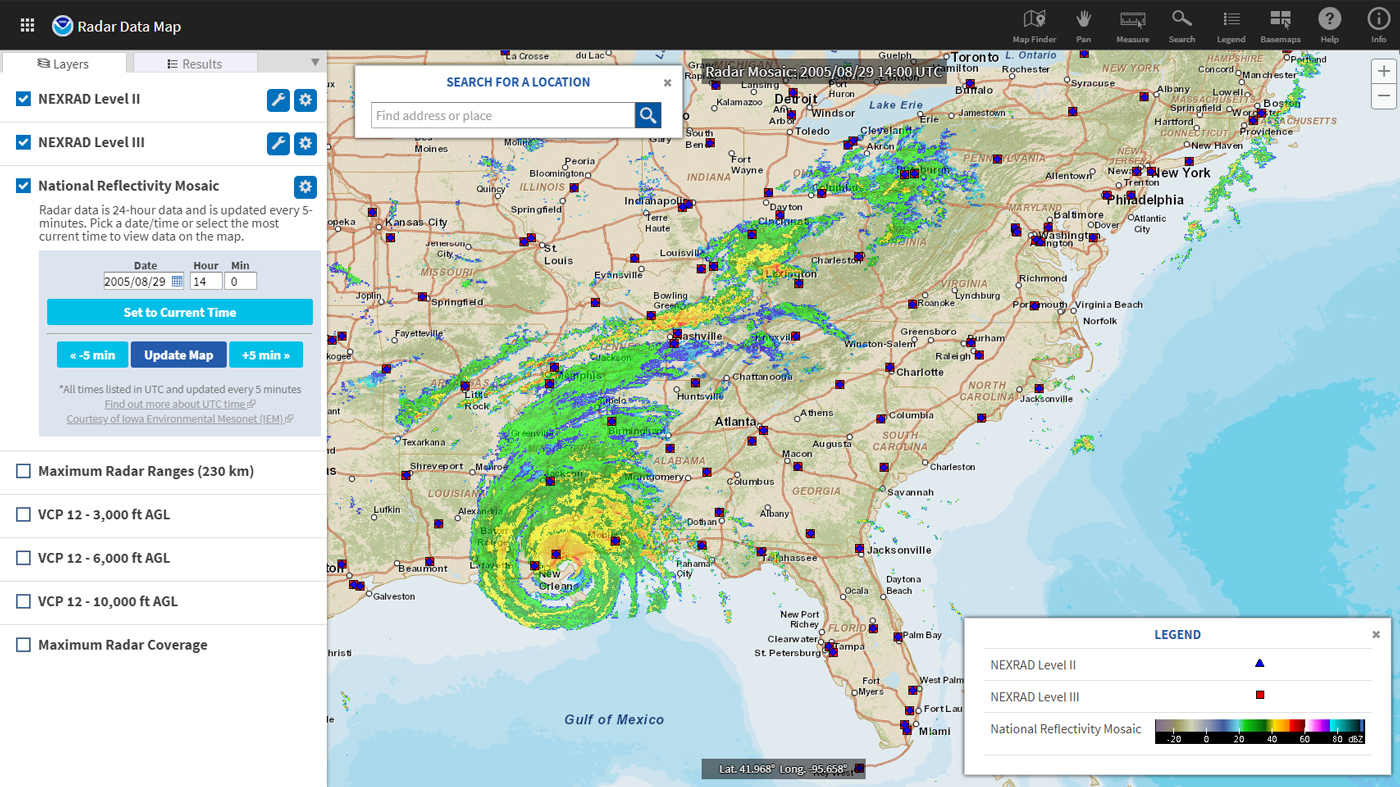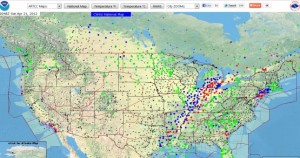
More radar data, including 159 NEXRAD Doppler radars and 45 Terminal Doppler Weather Radars. These latitudes, especially on the west coast of continents, tend to have more precipitation due to more storms moving around the Earth.The radar webpage can be saved on your mobile device home screen just like an app, so you can use this powerful weather monitoring tool on the go.Īccess to certain dual-polarization radar products to help differentiate between precipitation types, such as rain and snow Then look at the region between 50°and 60° N/S latitude (including Canada, Alaska, the British Isles, and Russia in the Northern Hemisphere). Look at the number of deserts located along the 30°N/S latitude around the world (including the American Southwest and Mexico, northern Africa, and Australia). You can see the results of these circulations on a globe. Usually, fair and dry/hot weather is associated with high pressure, while rainy and stormy weather is associated with low pressure. Low pressure bands are found at the equator and 50°-60° N/S. The high pressure band is located at about 30° N/S latitude and at each pole. These cells describe circulations in both the Northern and Southern Hemispheres, although the difference in landmasses result in varying degrees of uniformity.īetween each of these circulation cells are surface-level bands of high and low pressure. It is the smallest and weakest of the cells. At the surface, air moves outward from the polar highs, creating east-blowing surface winds called polar easterlies.

Once over the poles, the air sinks, forming areas of high atmospheric pressure called the polar highs.

Polar cell – At higher latitudes, air rises and travels toward the poles.

Proposed by William Ferrell in 1856, it was the first to account for westerly winds between 35° and 60° N/S, which are caused by friction, not heat differences at the equator and poles.

Global Atmospheric Circulation is the movement of air around the planet. Preparedness and Mitigation: Individuals (You!).Preparedness and Mitigation: Communities.The Positive and Negative Side of Lightning.


 0 kommentar(er)
0 kommentar(er)
